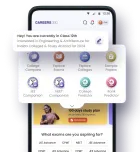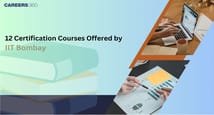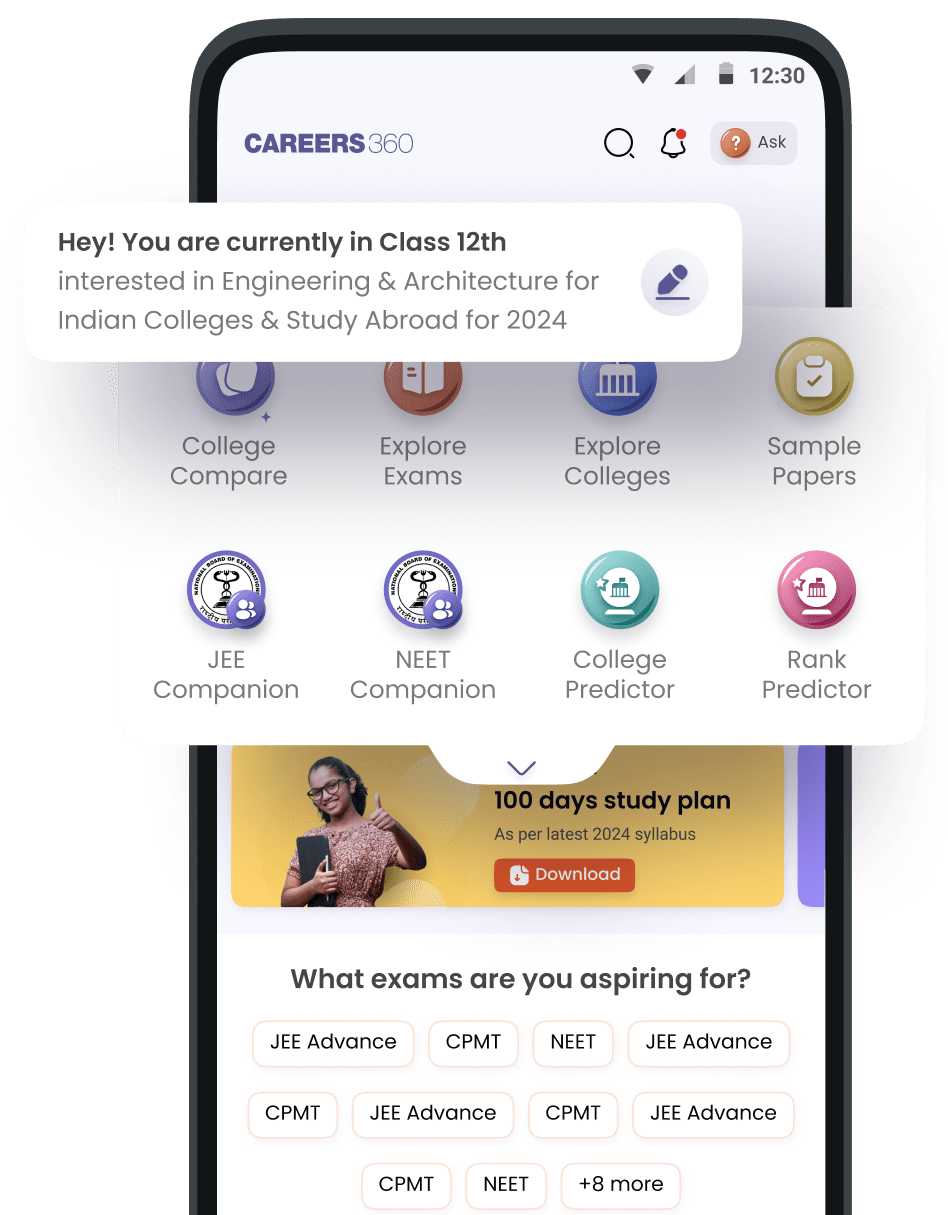Vehicle development cycle
- This is an introductory session where you will be introduced to the basics of automobiles along with different models of car bodies.
- You will learn about the different stages of vehicle development that a car will go through before reaching the customer.
- You will also learn about the three years of development activity that precedes the development of an automotive model.
Basics of Automotive Body in White
- In this session, you will be introduced to the basics of automotive BIW.
- You will be introduced to the basics of steel and its properties in detail as steel is an important component used in the construction of automobiles.
- The steps that are followed in the selection of the material will be discussed as well.
- You will be given an introduction to cross-functional teams that exist in an organization, and the need to coordinate with them along with examples of master sections and 3D components of the parts for easy and clear understanding.
Design Methodology of a Hood, Fender, Roof, Back Doors, and Side Doors
- In this module, we will focus on the Hood, Fender, Roof, Side doors, and Back doors.
- The design procedures for all the afore-mentioned parts can be summarized as follows,
- Design Requirements
- Functional Requirements
- Regulations
- Gap and Flushness Requirements
- Safety Requirements
Case study - Converting - Backdoor/Tailgate Inner Panel
- In this module, we will present a real-life scenario where the effect of converting an inner panel from aluminium cast to the steel deep draw part will be shown.
- Here is a quick summary of this case. The following design parameters were identified as critical and hence were fully described:
- The seal surface width was the same as the aluminium liftgate
- Tailgate outer parting was maintained as the same
- Liftgate thickness was modified
- Gap and flushness were maintained
- You will be able to clearly understand these design parameters and the decisions that were made.
- In this case study, the design guidelines were set through a series of CAE simulations.
Design of key mechanism - Lock and Striker
- In this module, you will study the anatomy of a Locker and Striker mechanism.
- In order to be a successful product development engineer, it is very important to understand in detail the development process and design requirements for even the smallest component.
Case study Process and challenges with supplier manufactured parts
- In this module, we will look at two case studies.
- Both of these studies focus on supplier manufacturing practices.
- We will discuss the design challenges faced by two Asian Automotive suppliers and then go over the solution methodologies




 Brochure
Brochure Enquire
Enquire































